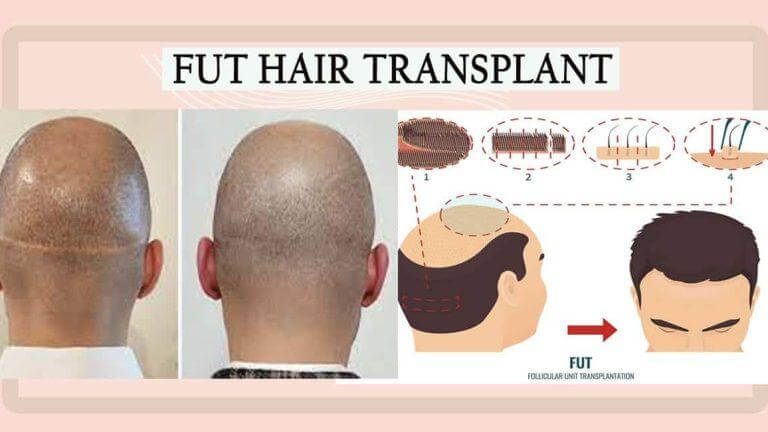Content Attributes
Although many people who suffer from hair loss end up giving up their fight with the condition, it doesn’t have to end up that way. The reason is that several hair treatments are available that offer desirable outcomes. If you are suffering from any hair loss condition, you don’t need to give up. The most reliable way to restore hair is a treatment called FUE hair transplant treatment. Most of the treatments available don’t offer permanent remedies for hair loss like the FUE hair transplant procedure.
Today, we are going to explore the six facts about the FUE hair transplant method of hair restoration to understand why many patients and doctors are opting for it. If you are not ready to give up your fight with hair loss, read on for more information. Hair loss makes a person feel like they don’t fit in.
When you are done reading this article, and you are convinced that this is the method that you want to pursue to treat your hair loss, Beverly Hills Hair Restoration center offers the best hair restoration treatments. Dr. John Kahen is an award-winning doctor and a senior surgeon at this Los Angeles hair restoration clinic.
Now, let’s look at the seven factors of FUE hair transplant and what makes it one of the best techniques for treating hair loss.
The FUE hair transplant is a permanent procedure.
Several methods of treating hair loss are available in the market today. Of all of these hair loss treatment techniques, only one of them offers a permanent way to treat hair loss. FUE offers a permanent way to get rid of hair loss. Therefore, before pursuing this technique as a method to treat hair loss, you have to consult with your doctor first.

Once the FUE procedure is done on your scalp to treat hair loss, the doctor can’t reverse the process. If you go to a doctor with little experience, you are going to get weird and unnatural results that cannot be reversed. If the doctor says that you are not eligible for the procedure, you can try out PRP, Meso hair therapy, or laser hair therapy.
FUE Hair transplant involves minor is a surgical procedure
When the doctor uses the FUE method of transplanting, he removes hair from the scalp where healthy hair grows and implants the hair grafts where there is balding or hair thinning. The hair to be transplanted is called a hair graft. The area where hair needs to be transplanted is called the receiving area.
The FUE hair transplant can be administered in two ways
When harvesting and implanting hair, the doctor can use two techniques. One of them is called FUE – follicular unit extraction, and the other one is known as follicular unit transplantation. In the FUE method, hair is extracted using a punch-like machine that extracts individual hair follicles.
In FUT or follicular unit transplantation, a strip of skin from the healthy region of the scalp is removed and dissected into individual grafts. This leaves a linear scar compared to the FUE method, which only leaves tiny dots.
Both men and women can benefit from the FUE hair treatment
Hair transplants can be done for both men and women. Contrary to what many people think that hair transplant is only meant to treat hair loss in men, FUE hair transplant treatment is effective for both men and women. If you are a woman suffering from hair loss, you can use the FUE hair transplant procedure to treat hair loss.
A common hair loss condition called male pattern baldness is treated in men, while in women, thinning problems can also be treated. Patients with severe burns on the scalp can also opt for this kind of hair loss treatment.
A hair transplant doesn’t work on everyone
Although both men and women can seek and benefit from the FUE hair transplant treatment, not everyone with a hair loss condition can undergo it. Women whose hair thinning condition has spread all over the scalp cannot restore their hair using the FUE hair transplant.
If a patient seeking hair loss restoration treatment doesn’t have thick hair at the back of the scalp, he or she may not be eligible for the FUE hair transplant method. There are also those people who lost their hair due to medications such as chemotherapy. This lot is not eligible for hair transplant treatment.
The FUE hair transplant treatment needs post-operative care
For quick recovery, the patient who has just undergone the FUE hair transplant needs to adhere to the doctor’s post-operative care. Postoperative care includes taking antibiotics to prevent infections and taking anti-inflammatory medications for 3 or 5 days soon after the procedure. The patient should also avoid direct sunlight on the scalp, use strong hair products to wash the hair, and do heavy exercises.
Conclusion
With so many ways to treat hair loss, the FUE hair transplant is the only method that offers a permanent solution to hair loss if the doctor gives you the green light to proceed with this procedure, research for the best doctor who will give you the desired results after the procedure.



